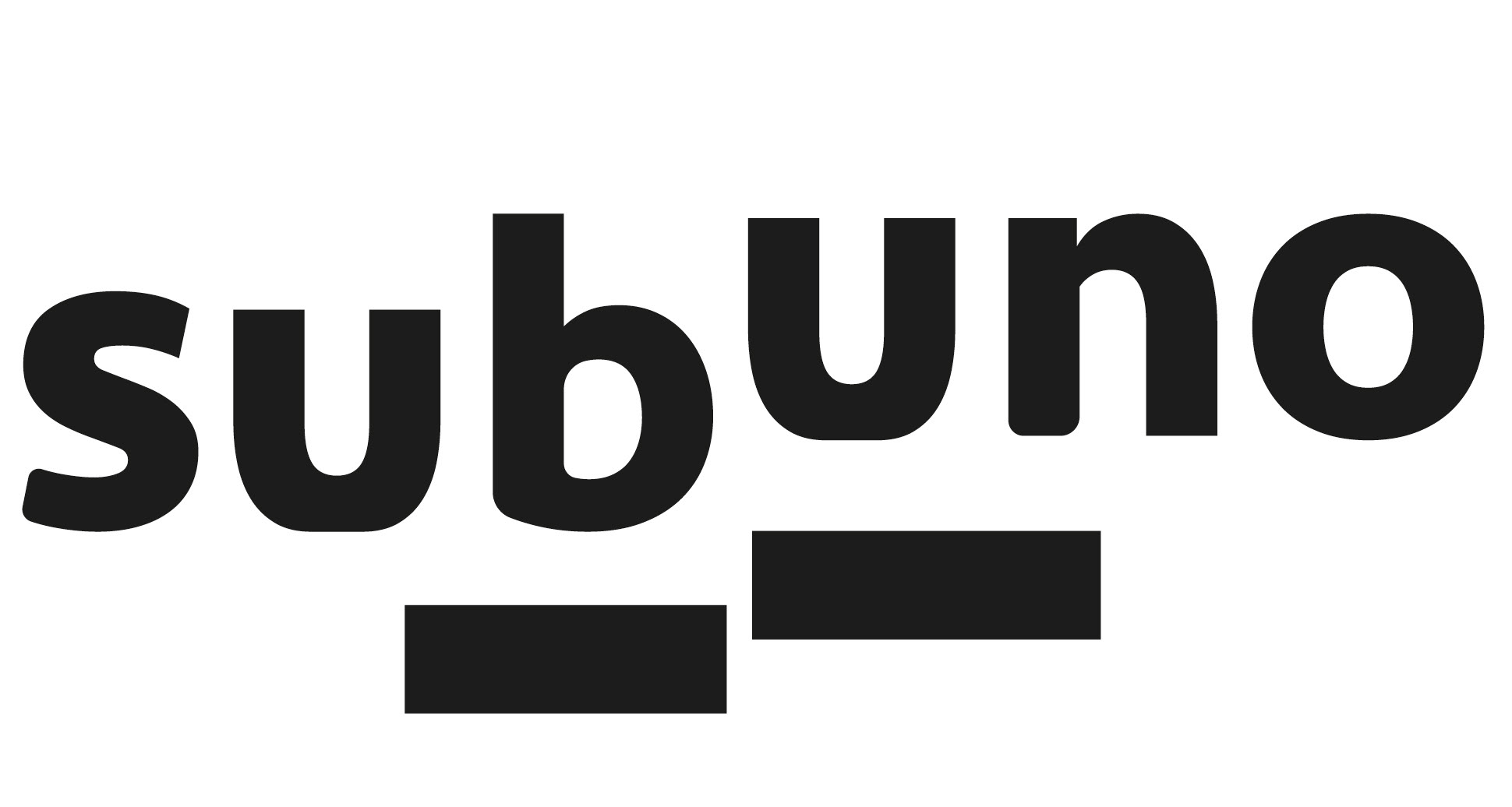The Future of Packaging: Circular Design & Eco-Friendly Solutions
The packaging industry is undergoing a revolution. With consumers and brands alike demanding greener, more sustainable solutions, circular design and eco-design have become essential strategies in reducing environmental impact and promoting sustainability. In this article, we’ll explore what circular design is, how it differs from traditional packaging design, and ways brands can apply these principles to create more responsible, eco-friendly packaging solutions.
What is Circular Design in Packaging?
Circular design is a principle rooted in the circular economy, an economic model aimed at eliminating waste and promoting the continual use of resources. Unlike the traditional linear model, which follows a ‘take-make-dispose’ approach, the circular economy emphasizes reusability, recyclability, and longevity.
In packaging, circular design prioritizes materials that are biodegradable, recyclable, or even upcycled. This type of design not only reduces waste but also reduces the reliance on new raw materials. By thinking about the entire lifecycle of packaging—from sourcing materials to end-of-life disposal—brands can drastically reduce their environmental impact.
How Eco-Design Complements Circular Design in Packaging
Eco-design, often used interchangeably with circular design, involves creating products with minimal environmental impact. In packaging, this means using sustainable materials, reducing excessive packaging, and creating reusable or compostable products. Eco-design promotes an environmentally responsible approach to product development by emphasizing materials and processes that conserve energy, water, and natural resources.
Eco-design aligns well with circular principles, creating packaging that benefits both brands and consumers while respecting the environment.
Applying Circular Design to Your Packaging: Steps and Benefits
1. Choose Sustainable Materials
Using renewable, recycled, or biodegradable materials is key to circular design. Brands can consider plant-based plastics, recycled paper, or glass, which not only reduce waste but also improve brand perception among eco-conscious consumers.
2. Design for Reusability or Recyclability
By designing packaging that can be reused or easily recycled, brands extend the product’s lifecycle and minimize the need for single-use items. For example, reusable containers or packaging designed with modular components that can be easily disassembled for recycling support a circular approach.
3. Reduce Excess Packaging
Another core component of eco-design is minimizing packaging to what is absolutely necessary. This helps reduce the carbon footprint of transport and disposal and makes the product more appealing to environmentally-aware consumers.
4. Opt for Biodegradable or Compostable Options
Materials like compostable plastics, biodegradable films, or molded pulp are excellent for brands looking to reduce their environmental footprint. These materials naturally break down over time, reducing landfill contributions.
Why Circular Design Matters for Brands and Consumers
Brands that adopt circular and eco-design principles show a commitment to sustainability, which resonates with today’s consumers. Sustainable packaging not only attracts customers but also builds trust and loyalty. By being proactive, companies can reduce waste and create products that contribute to a cleaner, more sustainable world.
For consumers, the benefits are clear: they can enjoy products from brands aligned with their values, supporting a healthier planet. For brands, embracing circular design strengthens their position as industry leaders in innovation and environmental responsibility.
Challenges in Implementing Circular Design
Though circular and eco-design principles offer numerous benefits, they’re not without challenges. Sourcing sustainable materials, adapting manufacturing processes, and overcoming logistical hurdles can be complex. However, as the demand for sustainable solutions grows, more options are emerging, making the transition easier and more cost-effective.
The Future of Circular Design in Packaging
Circular design is more than a trend; it’s the future of responsible packaging. By embracing these principles, brands can reduce waste, save resources, and build meaningful connections with their customers. As circular design continues to evolve, we can expect more innovative, environmentally conscious packaging solutions.
Embracing circular design and eco-design in packaging is a step toward a more sustainable future. Brands that make this transition not only support the planet but also align with consumers’ growing preference for eco-friendly products. From sustainable materials to recyclable and reusable designs, applying these principles can transform packaging into a force for positive change.
Ready to make a sustainable impact with your brand? Let’s create eco-conscious, innovative packaging that not only stands out but also aligns with your values. Reach out today to start your journey toward circular design!















